This article is not about driving fast. Its aim is to revise a few safe driving tips that you may already know but have probably forgotten over time
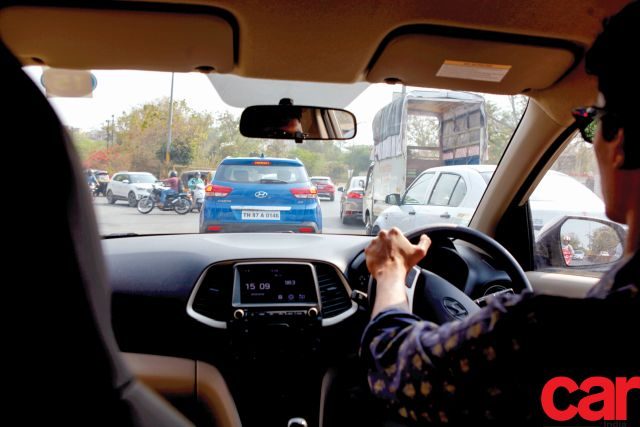
Story: Joshua Varghese Photography: Sanjay Raikar
Driving etiquette these days is like trying to remember the lyric of a long-forgotten song. Gaps in the verse are filled by strategic humming or a suspicious mumbling. Similarly, at one point of time (hopefully), most of us were privy to road signs, rules, and traffic etiquette. Somewhere along the line most have compromised those rules because it made their lives more convenient. A manoeuvre that saved them one whole minute may have left an irreparable injury for another motorist.
The first step towards driving safely is to be considerate towards fellow motorists. A public road is not our playground and, as responsible drivers, we are obliged to make sure that both ourselves and others are not at risk due to an irresponsible or careless action. Of course, keeping our cars in mint condition is also a necessity.
Comfortable and Ready to Act
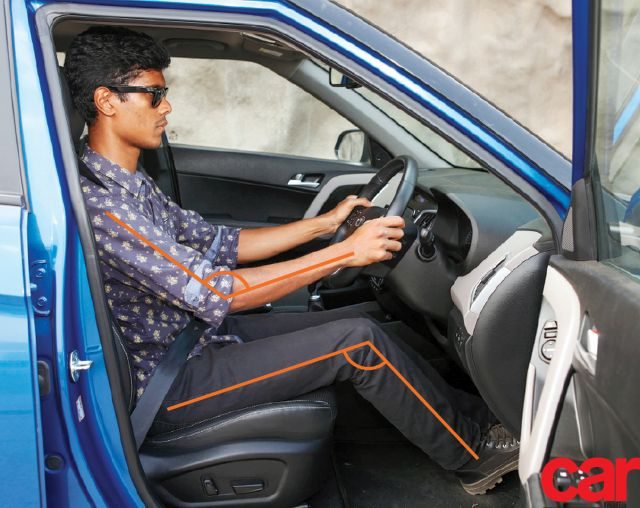
A good seating position is one that allows you to have full control of the vehicle without being unbearably uncomfortable. With your left leg fully depressing the clutch pedal, adjust the distance between the seat and the steering wheel until your leg is slightly bent. The right leg must also be similarly oriented with most of the weight on the heel. Use the ball of the right foot to operate the throttle and brake pedals without lifting the heel. There should also be a slight bend at the elbows while holding the steering wheel.
Enough Time and Space to React
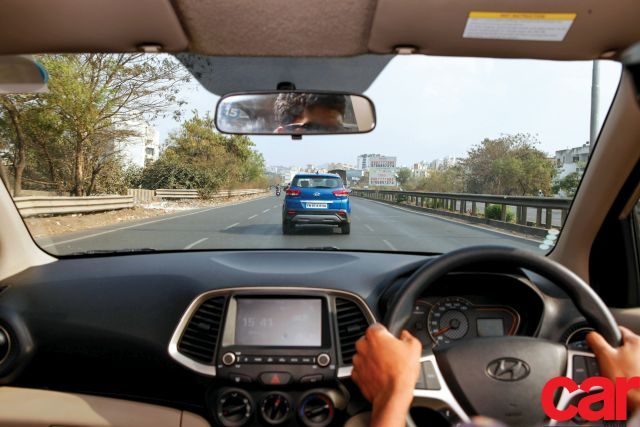
Maintaining a safe distance from the car in front of you depends on that car’s speed, the amount of room you need to manoeuvre, and your car’s braking capability. On main roads within city limits, maintaining about 20 metres is good enough to brake to a halt in an emergency or to steer yourself to safety. This distance should at least double when on the highway and certainly increase some more if the weather is bad.
When rolling up to a traffic light or an intersection, maintain enough distance so you can see the rear wheels of the car ahead of you touching the tarmac. That gives you enough space to pull out into the other lane (if needed) and will save you a fender-bender if the car in front rolls back a little.
Leave the Gossip for Later
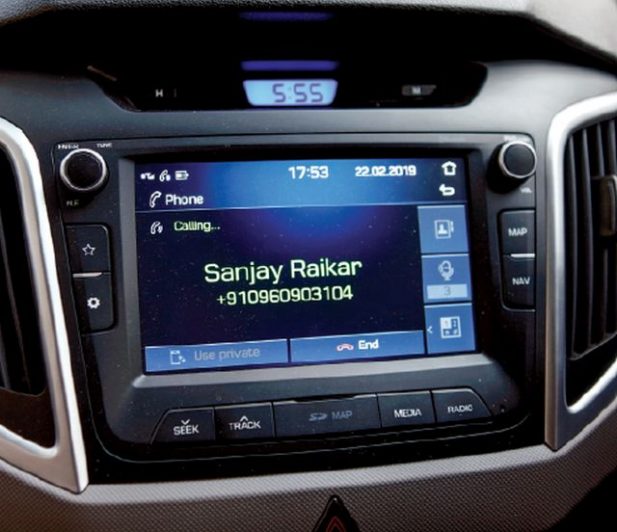
Speaking on the phone or fiddling of any kind is not advisable while driving. Most modern cars have a hands-free system; use it. Do not be the idiot who drives around town while barking into a handset. Ideally, the hands-free system must be used only to answer brief, important calls. If the call requires more attention from you, pull over and take care of it. Discussing whole recipes or planning weddings is best done with a cup of coffee, while seated at a desk. If your car does not have a hands-free system, indicate, pull over and answer the call.
Getting Ahead is Okay; Getting Ahead of Yourself is Not
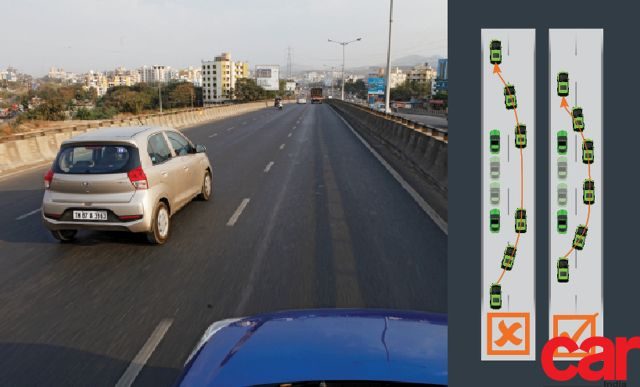
Some drivers prefer chugging along at a pleasant pace while others drive closer to the speed limit. To overtake a car, the first step is to line up behind it. Look ahead of the car you want to overtake and check if the coast is clear. Indicate that you intend to overtake and increase your speed until you are past the car. While pulling out to overtake and re-joining your lane, make sure you maintain at least three car lengths between your car and the one you want to overtake.
Drive Between the Lines
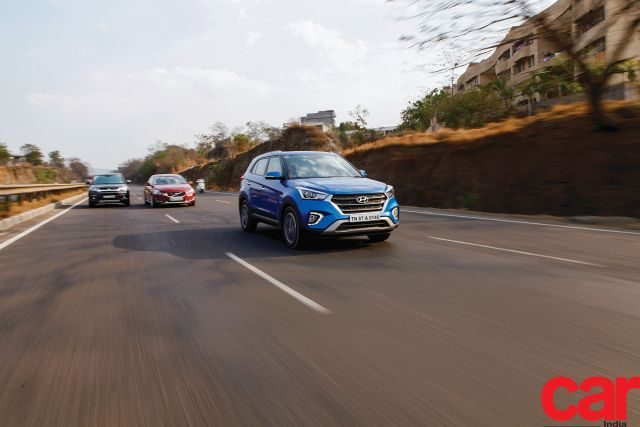
On three-lane highways, the left lane is for two-wheelers and heavy vehicles, the middle lane is for cars and the right lane is for overtaking only (limited to cars only). Avoid driving in the middle of two lanes or dawdling along in the overtaking lane. In addition to driving in the correct lane, it is also vital to drive at the correct speed. If you are too slow in the fast lane, you will find yourself being treated to a honking orchestra or rude gestures; maybe, both.
Look Ahead and Predict
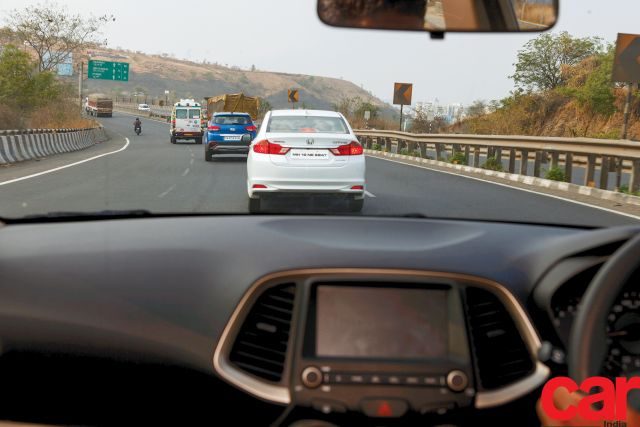
Much like in life, looking ahead while driving has its own benefits. You can gauge situations clearly, plan safe overtakes, and generally drive smoothly. Look ahead at least 200 metres and plan your course. If the farthest car in your line of sight brakes, you must be ready to act even before the driver in front of you reacts. What of the vehicles closer to you? The trick is to keep them in your peripheral vision without taking your eye off the road ahead. This technique will help you avoid a dangerous habit called “target fixation”.
Parking
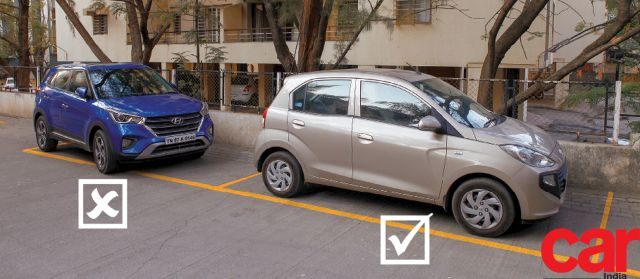
Improper parking causes traffic congestion and is also a safety threat. Leaving your car in the middle of the road with a feeble I-will-be-back-in-five-minutes excuse is among the most stupid and inconsiderate things you can do as a driver. Park in assigned spaces and always make sure your car fits within the lines. Even with a licence to kill and endless style, James Bond parks his car properly before pursuing his espionage duties.


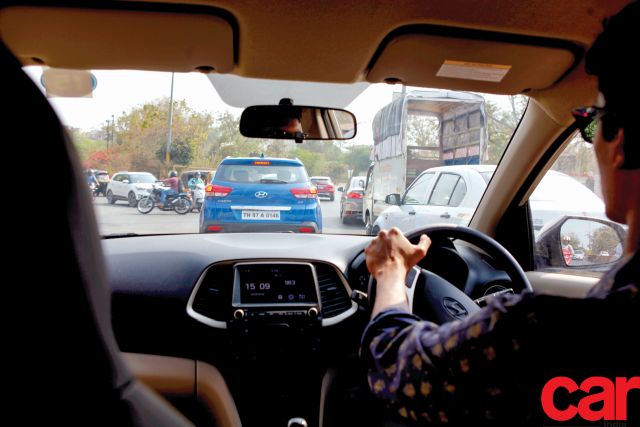





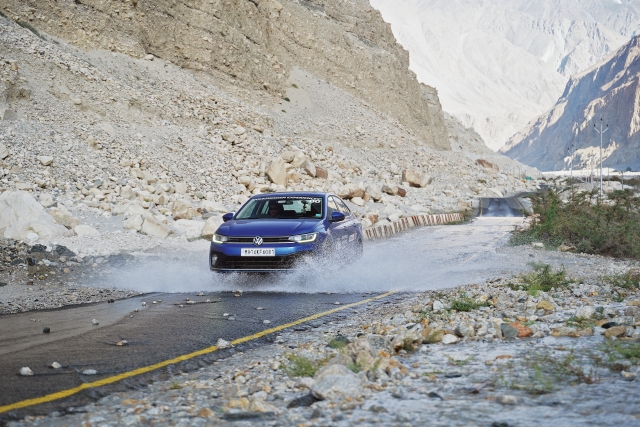

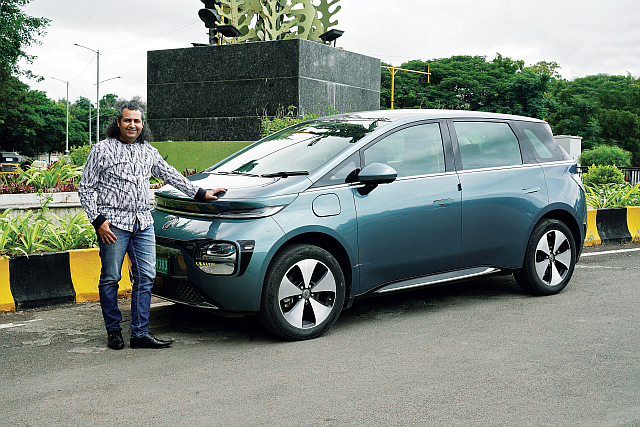
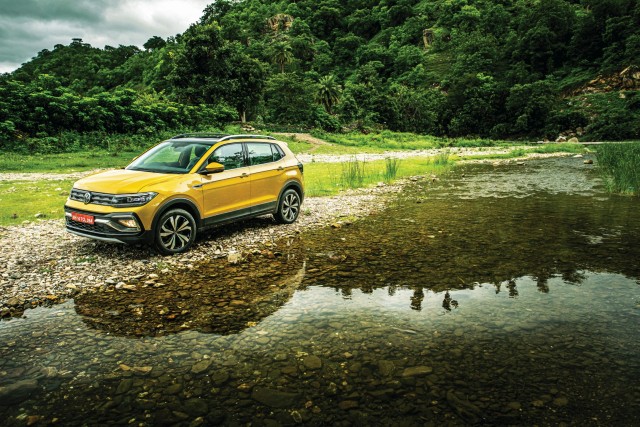
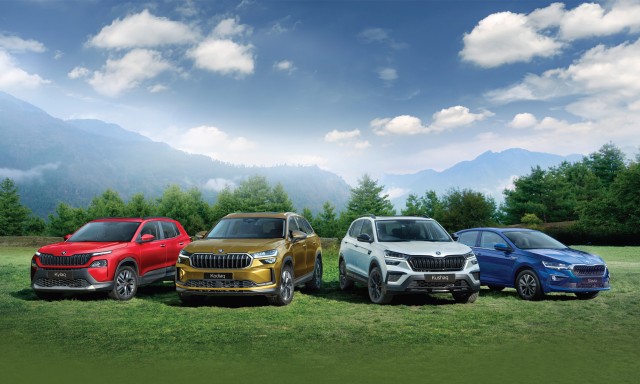

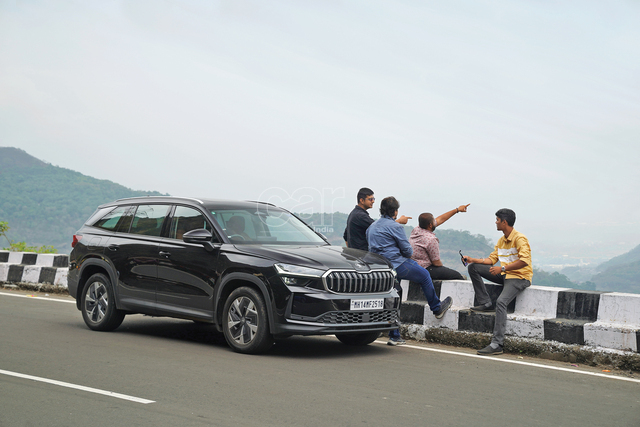
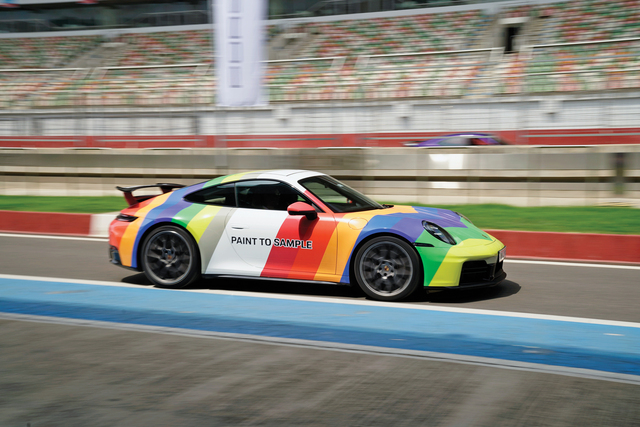






Leave a Reply